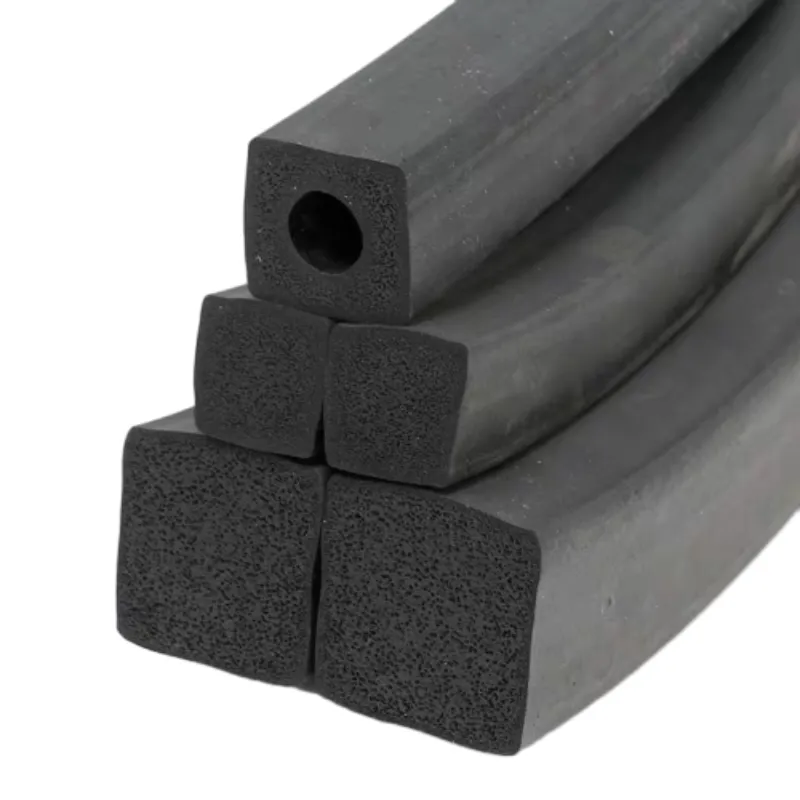High Temperature Oven Seal for Enhanced Performance and Durability
High Temperature Oven Gasket Essential Component for Efficiency and Safety
When it comes to high-temperature industrial processes, the significance of an efficient and reliable oven gasket cannot be overstated. High-temperature oven gaskets play a crucial role in various applications, from food production and aerospace to automotive manufacturing and laboratory experiments. Understanding the properties, materials, and maintenance of these gaskets is essential for ensuring optimal performance, safety, and longevity.
Understanding High-Temperature Oven Gaskets
A gasket is a mechanical seal that fills the space between two or more mating surfaces, preventing leakage and keeping the environment airtight. High-temperature oven gaskets are specifically designed to withstand elevated temperatures, often exceeding 500°F (260°C). They are commonly used in ovens, kilns, furnaces, and other equipment that operates at extreme heat levels. The ability of these gaskets to maintain their integrity under such conditions is vital for efficient operation.
Materials Used in High-Temperature Oven Gaskets
High-temperature gaskets are made from a variety of materials, each selected for its resistance to heat, chemical stability, and durability. Some commonly used materials include
1. Silicone Rubber Known for its flexibility and excellent thermal resistance, silicone rubber gaskets can withstand temperatures ranging from -100°F to 500°F (-73°C to 260°C). They are resistant to ozone, UV radiation, and various chemicals, making them suitable for a range of applications.
2. Fiberglass Fiberglass gaskets are reinforced with textile fabrics and are capable of handling even higher temperatures, up to 1200°F (649°C). They are often used in high-performance applications, such as aerospace and automotive parts, due to their strength and insulation properties.
3. Graphite Graphite gaskets excel in high-temperature situations, often used in spirit and gas-fired ovens. They can handle temperatures of up to 2000°F (1093°C) and are also chemically inert, making them ideal for use in aggressive environments.
4. Ceramic Fiber For extreme temperatures, ceramic fiber gaskets can be employed. These gaskets are capable of withstanding temperatures over 2000°F (1093°C) and offer excellent thermal insulation properties.
Importance of Proper Installation
high temp oven gasket

The effectiveness of high-temperature oven gaskets largely depends on their proper installation. A poorly installed gasket can lead to air leaks, which can compromise the oven’s efficiency and potentially create safety hazards. Here are a few key steps for ensuring correct installation
- Surface Preparation Before installing a gasket, it is essential to clean the surfaces thoroughly. Any debris or residue can prevent proper sealing and lead to leakage.
- Alignment Careful alignment of the gasket with the mating surfaces is critical. Misalignment can cause uneven pressure, leading to premature wear or failure.
- Torque Specifications If the gasket is used in conjunction with bolts or screws, following the specified torque settings is crucial. Over-tightening can damage the gasket, while under-tightening can lead to leaks.
Maintenance and Lifespan
Regular maintenance is vital for extending the lifespan of high-temperature oven gaskets. Some signs that a gasket may need replacement include visible wear, cracking, discoloration, and any signs of leakage. Here are a few maintenance tips
- Regular Inspections Conduct routine inspections to check for any signs of wear or damage. Early detection can prevent more significant issues down the line.
- Temperature Monitoring Keep track of the oven’s operating temperature. Exceeding the recommended temperature can significantly decrease the gasket's lifespan.
- Proper Cleaning When cleaning the oven, avoid harsh chemicals that could degrade the gasket material. Opt for gentle, non-corrosive cleaners.
Conclusion
In summary, high-temperature oven gaskets are indispensable components in various industrial applications where heat and process efficiency are paramount. Choosing the right material, ensuring proper installation, and committing to regular maintenance are essential steps for maximizing the performance and lifespan of these gaskets. By paying attention to these details, businesses can maintain safe and efficient operations that meet their production needs. The significance of investing in high-quality gasket materials and practices cannot be understated, as these components contribute significantly to the overall success and safety of high-temperature processes.
-
Under Door Draught Stopper: Essential ProtectionNewsJul.31,2025
-
Garage Door Seal and Weatherstrips for ProtectionNewsJul.31,2025
-
Edge Banding Tape for Perfect EdgesNewsJul.31,2025
-
Table Corner Guards and Wall Corner ProtectorsNewsJul.31,2025
-
Stair Nose Edging Trim and Tile Stair SolutionsNewsJul.31,2025
-
Truck Bed Rubber Mats for Pickup BedsNewsJul.31,2025
-
Window Weather Stripping for Noise ReductionNewsJul.29,2025